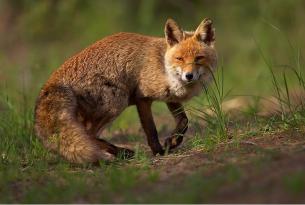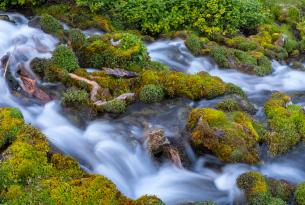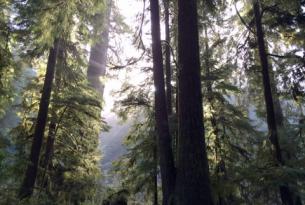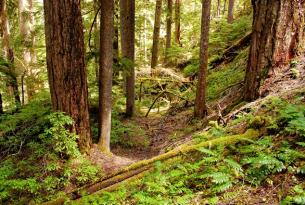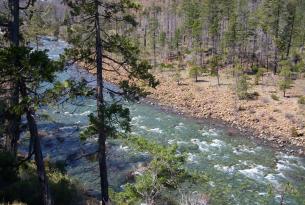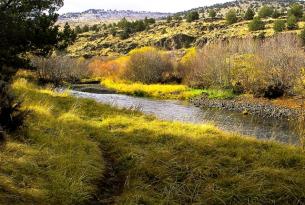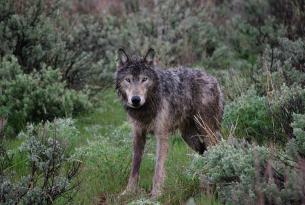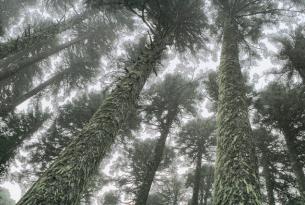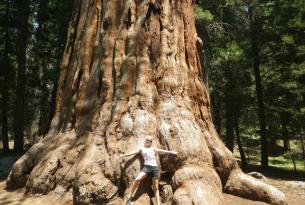Vulpes vulpes cascadensis
by Francesca Varela
In the meadows surrounding Crater Lake, there lives a small, graceful creature with orange-red fur, a lush tail, and a long snout. Its scientific name is undeniably catchy: Vulpes vulpes. This creature, more commonly known as the red fox, is often seen by visitors throughout the park. And, undeniably, Crater Lake’s visitors are more often seen through the eyes of the foxes.

